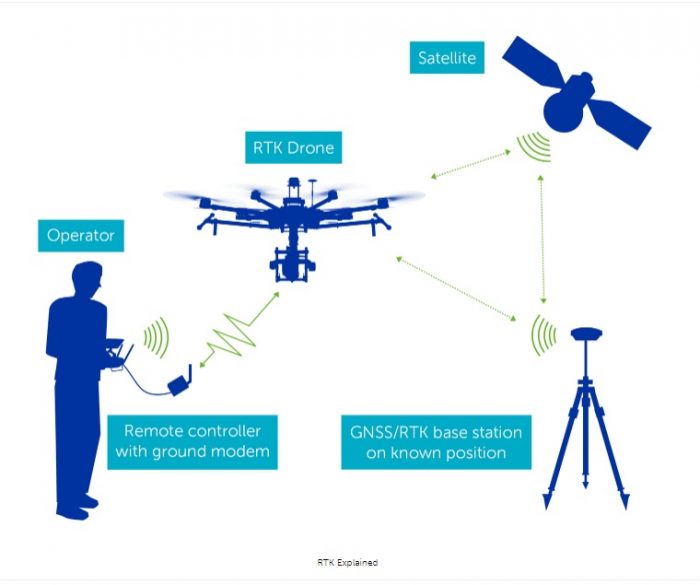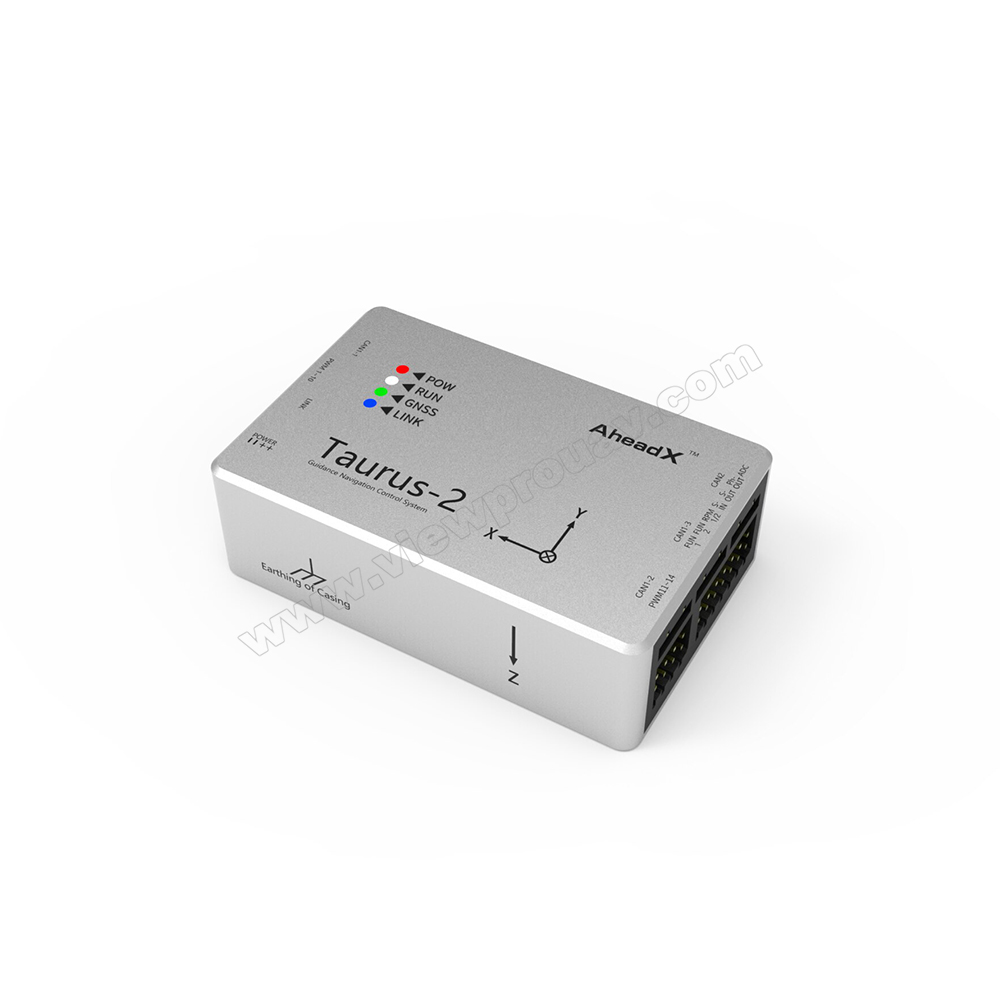Exploring the Role of Drone Trip Controllers in Enhancing Trip Security and Navigation Effectiveness
The development of drone modern technology has actually considerably increased the relevance of flight controllers, which offer as the brain of these airborne automobiles. By integrating real-time information from a range of sensing units, trip controllers improve trip stability and navigating effectiveness, ensuring that drones can run efficiently even in intricate settings.

Understanding Trip Controllers
Trip controllers are important parts in the performance of drones, working as the minds that support and manage trip procedures. These advanced devices process information from different sensing units, including accelerometers, gyroscopes, and GPS, to make certain that the drone keeps its intended flight path. The trip controller translates this information and performs commands based upon pre-defined algorithms, enabling the drone to react to ecological changes, such as wind or challenges.
The key function of a trip controller is to maintain security throughout flight. It accomplishes this by making real-time adjustments to the drone's electric motors and control surfaces, making sure equilibrium and control. Furthermore, modern-day flight controllers integrate innovative features such as waypoint navigating, enabling automated flight courses and enhanced operational performance.
Understanding the design of trip controllers is critical for both experts and enthusiasts. They typically contain a microcontroller, firmware, and different interfaces for sensor input and interaction. As modern technology advancements, flight controllers have actually come to be much more qualified and compact, incorporating synthetic knowledge to boost decision-making processes and adapt to complicated trip scenarios. This evolution indicates a pivotal growth in the drone industry, leading the way for extra innovative applications and much safer operations.
Trick Components of Flight Security
Accomplishing ideal trip stability in drones relies upon numerous essential components that operate in show to make sure smooth and regulated procedures. Central to this security is the flight controller itself, which refines information from numerous sensing units to preserve the desired flight mindset. This consists of accelerometers and gyroscopes that gauge movement and orientation, allowing for real-time adjustments to the drone's placement.
One more vital component is the digital speed controllers (ESCs), which manage the power supplied to the electric motors. By carefully adjusting electric motor speeds in action to flight controller commands, ESCs help maintain equilibrium and neutralize disruptions brought on by wind or sudden activities.
Furthermore, the design of the drone's structure plays a crucial role in flight stability. A well-structured structure reduces vibrations and boosts the general wind resistant profile, adding to smoother flight features. The integration of sophisticated algorithms within the flight controller aids in predictive modifications, ensuring a versatile and receptive flight experience.
Together, these parts form a natural system that enhances a drone's stability, enabling specific maneuvering and boosted performance in different trip conditions.
Navigation Performance Techniques
Effectiveness in navigation is essential for enhancing drone procedures, particularly in intricate atmospheres. Effective navigation techniques improve the capacity of drones to go across challenging surfaces and prevent obstacles, therefore improving functional efficiency and security.
One famous method is the implementation of innovative GPS and inertial dimension units (IMUs) that give accurate area tracking and orientation data. These innovations enable drones to determine ideal trip paths in real-time, considering numerous factors such as wind conditions and possible obstacles.
An additional technique involves the use of algorithms for path planning and optimization. Formulas such as A * and Dijkstra's algorithm can be deployed to establish one of the most reliable route while decreasing energy usage and flight time. Integrating equipment discovering versions can make it possible for drones to adaptively learn from their environments, boosting navigation capacities with experience.

Effect on Autonomous Drones
The combination of sophisticated navigation techniques has actually exceptionally changed the capabilities of autonomous drones, allowing them to operate with higher freedom and accuracy. SparkNavi drone flight controller and GNSS/INS made in taiwan. These improvements are largely credited to advanced flight controllers that utilize real-time information processing and sensing unit blend, allowing drones to navigate intricate settings seamlessly
The influence on self-governing drones prolongs beyond plain navigating; it incorporates improved barrier evasion, enhanced stability throughout dynamic problems, and raised mission dependability. By leveraging formulas that incorporate device learning and expert system, drones can adjust to changing conditions, making notified choices that optimize their flight paths while lessening risks.
In addition, the application of robust trip controllers has actually helped with the implementation of complicated jobs, such as aerial inspections, shipment why not look here solutions, and agricultural surveillance, with very little human treatment. This capability not only simplifies operations however also reduces human mistake, therefore improving general safety.
Consequently, the operational extent of self-governing drones has increased considerably, making them crucial devices in numerous markets. Their ability to do efficiently in diverse circumstances highlights the important role that progressed flight controllers play fit the future of unmanned aerial systems.
Future Patterns in Flight Control
Often, innovations in flight control innovation are positioned to redefine the landscape of drone procedures in the coming years. Arising trends indicate a significant shift in the direction of boosted man-made knowledge (AI) integration, allowing flight controllers to process real-time data much more efficiently. This evolution will help with enhanced decision-making capabilities, allowing drones to adjust to vibrant ecological conditions autonomously.
In addition, the application of equipment knowing algorithms is expected to more info here enhance predictive maintenance, thus reducing downtime and prolonging the lifecycle of drone components. This proactive approach to maintenance will be vital as drone applications broaden across different markets, from farming to logistics.

.jpg)
Last but not least, developments in safe and secure interaction methods will certainly attend to security and regulative worries, making sure that drones can run effortlessly in busy airspaces (SparkNavi drone flight controller and GNSS/INS made in taiwan). Collectively, these trends point in the direction of a future where flight control systems are not only smarter and more likewise qualified yet reliable of running securely in a progressively integrated airspace
Final Thought
In final thought, drone trip controllers are integral to improving flight stability and navigating performance more info here through the advanced handling of sensor data. By maintaining ideal flight mindsets and using advanced algorithms for path optimization and challenge avoidance, these controllers considerably add to the autonomy and functional safety and security of drones. As modern technology continues to develop, further advancements in flight control systems are anticipated, guaranteeing enhanced performance and broadened capacities in the realm of unmanned aerial vehicles.
By incorporating real-time information from a selection of sensors, trip controllers boost flight stability and navigating efficiency, guaranteeing that drones can operate efficiently also in intricate settings.Trip controllers are important parts in the performance of drones, offering as the brains that manage and maintain trip operations. Additionally, modern flight controllers include advanced attributes such as waypoint navigating, permitting for automated flight paths and boosted functional performance.
Central to this stability is the flight controller itself, which refines data from various sensors to preserve the wanted trip mindset.In verdict, drone trip controllers are essential to boosting flight security and navigating effectiveness through the advanced processing of sensing unit data.
Comments on “SparkNavi Drone Flight Controller and GNSS/INS Made in Taiwan: Leading the Way in Drone Innovation”